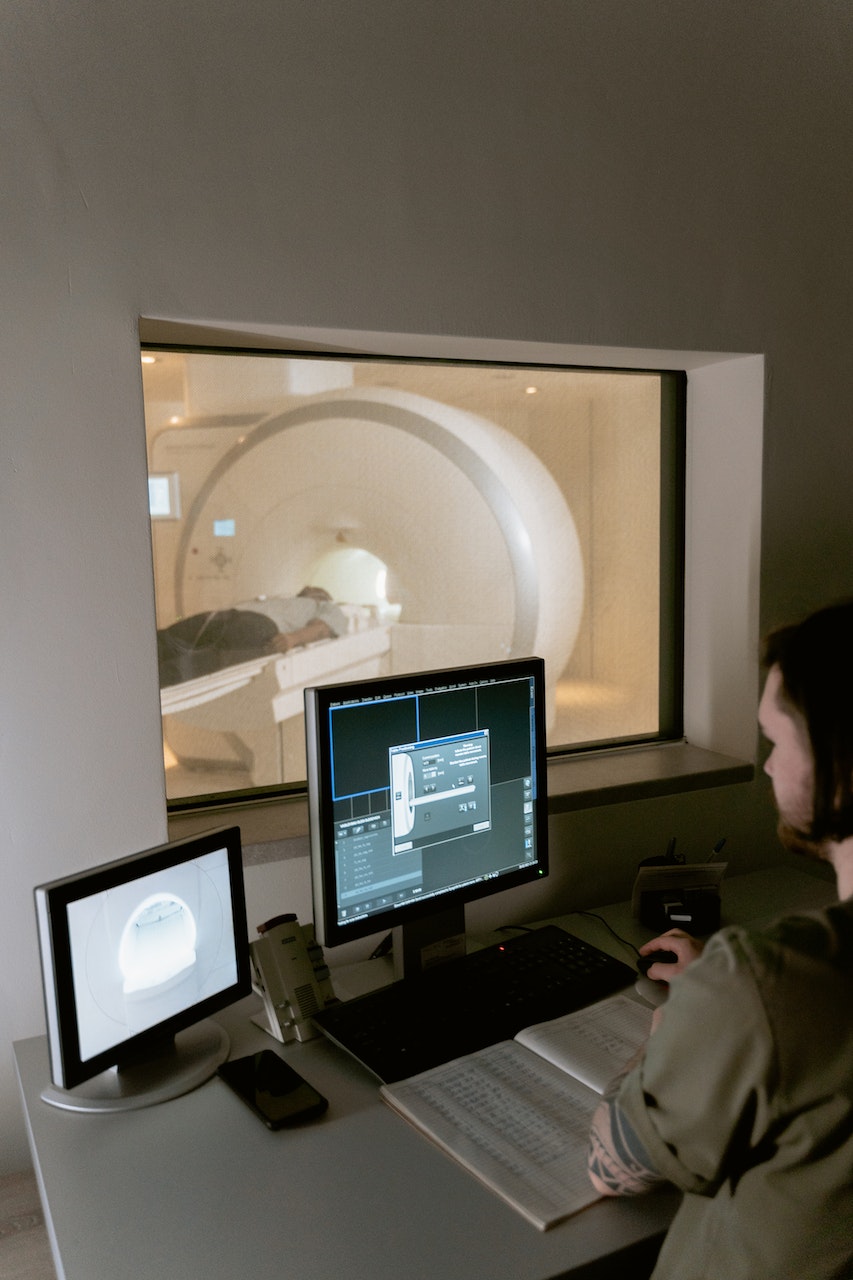 What is it?
What is it?
Your spinal cord extends from the brain down through a spinal canal. There are nerves that branch off from your spinal cord which send signals to and from muscles and other parts of the body. These signals give information to your brain for example, when something hurts, pain signal are sent. Other signals are sent such as touch and sense of position, so your brain knows what your body is doing at all times!
Where the spinal cord ends in your lower back, the ‘filum terminale’ is formed and below this, is a bundle of nerve routes known as Cauda Equina.
When these nerve routes are compressed or inflamed, your senses decrease. Other symptoms also occur such as pain, altered reflexes and decreased strength.
The most severe cases of nerve compression is called Cauda Equine Syndrome and this is treated as a medical emergency. If the syndrome is left untreated it can cause permanent loss of bowel and bladder control and can also lead to paralysis of the legs.
Causes of Cauda Equina Syndrome
- It is caused by a significant narrowing of the spinal canal which then compresses the nerve routes.
- This can be caused by numerous factors such as direct trauma and even tumours.
- One of the most common causes however is accidental medical causes which incur following an operation.
Examples include:
- Poorly positioned screws which have been placed in the spine.
- General anaesthetic which is given to patients during certain type of operations such as a C-section has been linked to the syndrome.
- Lumbar puncture –spinal fluid is removed from the spinal canal for the purpose of testing. This process can cause a build up of blood in the spinal canal the build up of this blood can compress the nerves and cause Cauda Equina Syndrome.
Symptoms of Cauda Equina Syndrome include:
- Lower back pain
- Pain in one/both legs which starts from the buttocks and travels down the leg.
- Bowel and bladder disturbance
- Muscle weakness and loss of sensation in the lower body
- Reduction in reflexes in the lower body
If you have any of these symptoms and feel you may be suffering with Cauda Equina syndrome, it is important to act fast and seek medical attention as a matter of urgency.
Your chances of making a full recovery from the condition depend on how long you have suffered with the symptoms for. This means that the longer you have suffered with the symptoms, the less likely you are to make a full recovery.
Diagnosis : An MRI scan is the preferred investigation route and the results of the scan, partnered with your symptoms can usually be enough for the specialist to diagnose the condition and determine the extent of the compression and what has caused it.
Treatment : There are several types of medication that can be prescribed to sufferers of the syndrome and it all depends on the cause, anti – inflammatory and other drugs are given and if the syndrome has been caused by an infection, antibiotics will be prescribed.
As the condition is classed as a surgical emergency, surgery is commonly the best treatment for the syndrome and specialists believe that surgery should take place within 48 hours from the onset of the symptoms.
If surgery cannot be performed, radiotherapy may be an option to relieve some pressure. If you have any of the above symptoms please seek medical attention urgently.

 What is it?
What is it?









